Historically and theoretically speaking, a decade, a century, or a millennium starts when the clock turns midnight on January 1 of the year one of its decimal order. For example, the 20th century started on January 1, 1901, not on January 1, 1900. The reason for this is simple: there is no year 0 in our modern calendar, so these periods of time start on year 1 (using the Gregorian calendar). But that's not how we refer to time periods colloquially and culturally; for example, when we mention '80s music or movies, we're talking about the period from 1980 to 1989.
The recently passed 2010s, I could argue, was the decade of the cloud, social media, mobile technology, and the Internet of Things (IoT), which includes the Raspberry Pi. Recently, Time magazine called the Raspberry Pi one of the 10 best gadgets of the past decade. And I very much agree.
The original Raspberry Pi launched in 2012, and it took me a couple of years to jump on the bandwagon and ride on the Pi-train. But since then, I have built many fun educational projects at home and even documented a few of them for Opensource.com.
The Christmas light trilogy
I wrote three articles over three years that explored controlling Christmas lights with the Raspberry Pi and the open source project LightShowPi. The first article, Create your own musical light show with Raspberry Pi, was a mix between a very basic introduction to electronics development and building a Christmas light show. The second article, SSH into your Christmas tree with Raspberry Pi, went a little deeper into controlling the lights with things such as remote management and electronic buttons. The last chapter of the trilogy, Set the holiday mood with your Raspberry Pi, reviewed changes introduced in the LightShowPi project in the prior year.
DIY projects
Over the years, I've turned my Raspberry Pi into several useful devices. One time, I turned the Pi into a music-playing device with the Pi MusicBox, which allows you to plug your favorite music streaming services into a common web interface and play your favorite tunes around the house.
Making the Raspberry Pi into a mobile video recording device was another DIY project I put together. It required a few extra pieces of hardware, like a touchscreen, a Pi Camera, and a battery pack, but it worked. One of the biggest drawbacks of this setup was the small amount of memory available on the Pi at the time. I think the capabilities of this little portable camera could be a lot better if I re-did it on a Raspberry Pi 4 with 4GB of RAM. This may be a project to revisit in 2020.
Another small project I built, a digital clock for my living room, used the small Adafruit PiTFT screen. As simple as this project was, it probably was the one that I used the longest. That clock stood by my TV set for over a year, running 24 hours a day… until the day the screen burned out.
The Pi Day series
Last but not least, in 2019, I contributed 14 articles in 14 days leading up to Pi Day (March 14). This was by far the most challenging writing project I've ever done, but it allowed me to cover many different topics and hopefully expose readers to even more ideas about the versatility of the Raspberry Pi.
To infinity and beyond
I don't know anyone in the Raspberry Pi Foundation, so I don't have any special access to its roadmaps and future plans. I could (but I won't) speculate on what the future holds for the brand and its devices that have allowed so many people of different social statuses around the world to expand their knowledge about computer science, electronics, and open source development. All I hope is for the foundation's management to stay true to its vision and mission and continue making affordable technology for people everywhere.
The 2010s are over, and what a sweet decade it was. To me, it smelled like pie, raspberry pie.

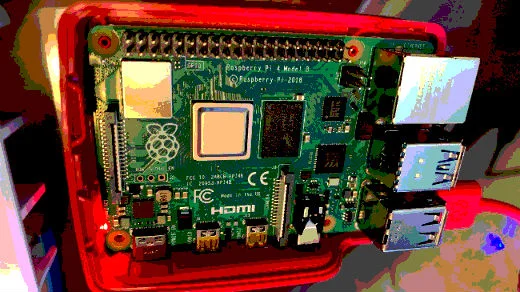
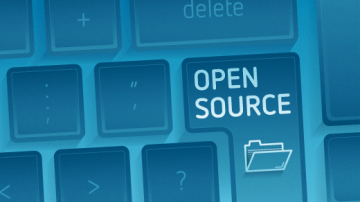
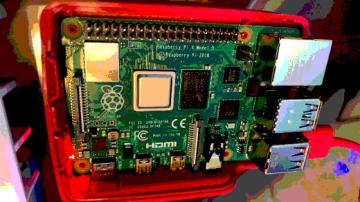

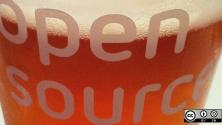
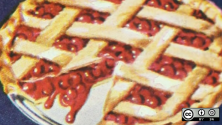
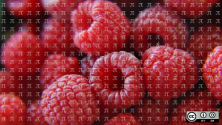

2 Comments